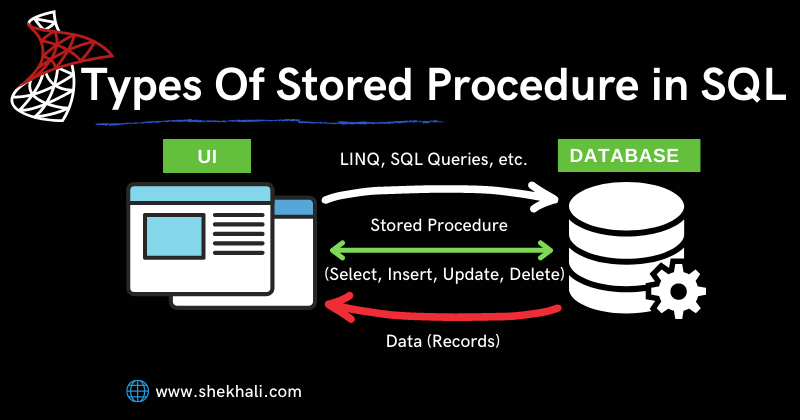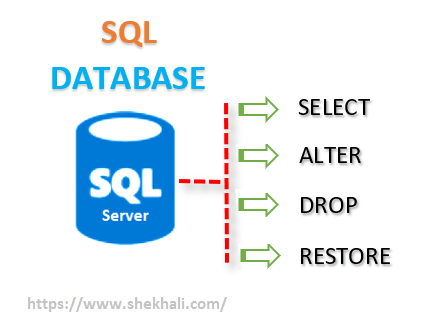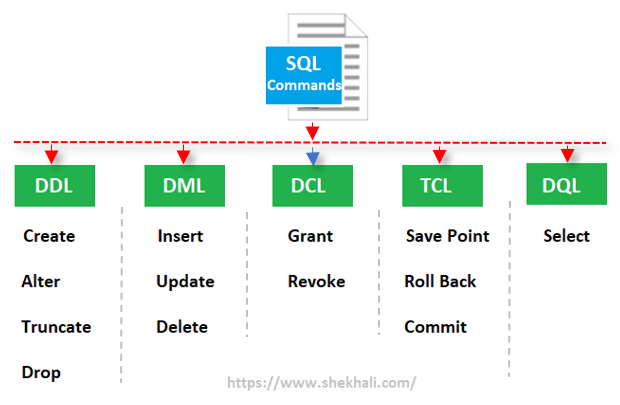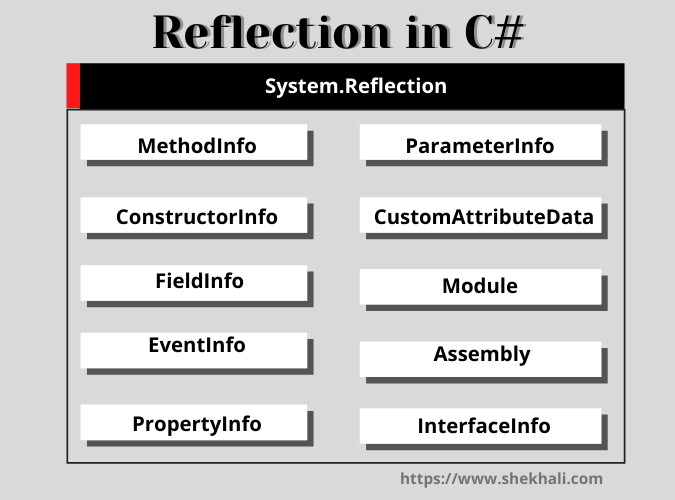
In this article, we will discuss how to create a stored procedure in a SQL Server database. Also, we will try to understand the different types of stored procedures available in SQL Server through various examples.

In this article, we will discuss how to create a stored procedure in a SQL Server database. Also, we will try to understand the different types of stored procedures available in SQL Server through various examples.
In this article, we will discuss how to Create, Alter, and Drop a database in SQL Server.
In my previous article, we have discussed all about the Types of SQL Commands.
Database : In the SQL server a database is a place to store the data in an electronic format. It is an organized collection of database objects such as tables, views, functions, stored procedures, triggers and so on.
It allows a user to easily access or manipulate the data.

In SQL Server, there are two ways to create a user-defined database, either by using the Transact-SQL statements or by using SQL Server Management Studio.
SQL commands are a set of instructions used for interacting with relational database management systems (RDBMS).
SQL (Structured Query Language) is the standard language for managing and manipulating data in databases like SQL Server, MySQL, Oracle, Sybase, and Postgres.
Here, We will learn SQL commands like DML, DDL, DCL, TCL and DQL commands in SQL with examples.

The lock keyword in C# is used to place around a critical section of code, where we want to allow only one thread to access the resource at a time. Any other thread cannot access the lock and it waits for the lock to be released.
In this post series, we will go through the understanding of the lock keyword, monitor, mutex, and semaphore available in C#.
All of these classes (lock, monitor, mutex, and semaphore) provide a synchronization mechanism to protect the shared code or resources in a multithreaded application.

In C#, multithreading is the ability of a central processing unit (CPU), or a single-core or multi-core processor, to execute multiple threads concurrently. This allows the program to perform multiple tasks simultaneously, making the program more efficient and responsive.

Reflection in C# is the process of retrieving metadata of types, modules, assemblies, and more during runtime. With reflection, you can dynamically create an instance of a type, associate a type with an existing object, obtain the type of an existing object, and call its methods, fields, and properties.
In this article, we will explore the concept of C# Reflection, its hierarchy, when to use it, and some examples of its implementation.

A Private Constructor is an instance constructor used to prevent creating an instance of a class if it has no instance fields or methods. It is used in classes that contain only static members.
In this article, we will explore the concept of a private constructor, its uses, and how it can be implemented in C# programming.
